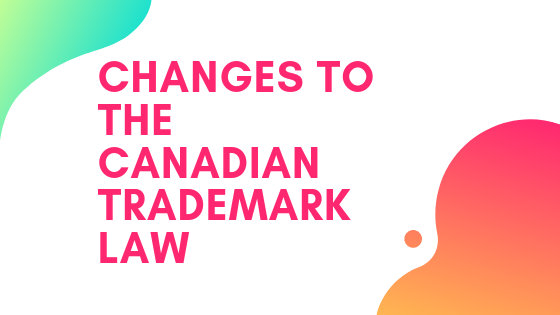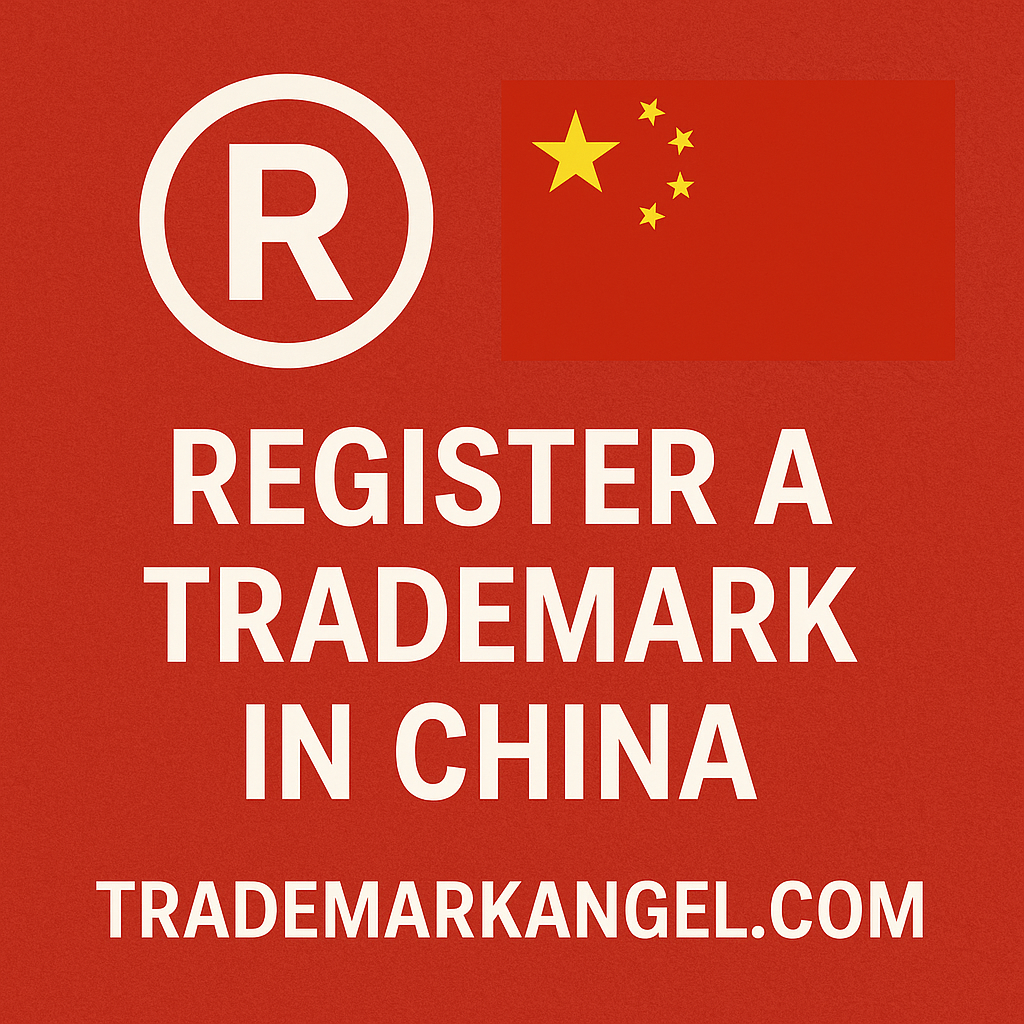
Overview of the New Trademark Law in Canada
Trademark Law in Canada: After many years of being anticipated by those in the legal field and laypersons alike, sweeping changes to Canadian trademark law have finally come into effect.
On June 17, 2019, Canada implemented changes to trademark law that, among other things, eliminate the use requirement for trademark registration.
This is the biggest change to trademark law in Canada in recent history, drastically changing the way trademarks are protected and enforced in Canada.
This article provides an overview of the most significant changes to the trademark law in Canada, as well as, important consequences of those changes that you should take note of.
The Most Significant Changes to the New Trademark Law in Canada
The most significant changes to trademark law in Canada are as follows:
● Proof of Use No Longer Required
Use is no longer required for trademark registration in Canada. An applicant can now apply for trademark registration without having to prove that the mark has been in use or their intent to use the mark.
This eliminates the need to specify a date of first use or foreign registration of the trademark. However, this also provides more opportunities for trademark squatter and trolls to obtain registration for brands that have not yet been registered in Canada.
Note: Use is Still Very Important
Elimination of the use requirement for trademark registration doesn’t mean that use has become unimportant to trademark protection. Use remains an important factor that will be considered when determining if a mark is entitled to protection. Moreover, use remains important for opposing competing trademark applications and for seeking to have a troll’s registration invalidated.
● Nice Classes
Canada has switched to the Nice Classification system, which is used by most other World Trade Organization countries. Now, an applicant is required to categorize their goods and services into Nice classes and to pay a separate registration fee for each class.
This is very different from the previous system, where one application fee allowed access to every classification and all that was required was a list of the applicant’s goods and services that could cover many, if not all, Nice classes.
This applies to all new applications and all registrations renewed after June 17, 2019, and will result in significantly higher costs for anyone wanting to protect a trademark mark in multiple classes.
● Increased Filing and Renewal Fees
The filing fee for a trademark application has increased from C$250 to C$330 in 2019, and then again to C$458.00 on Jan 1, 2024, which only includes one class. The filing fee for each additional class is C$100. In 2024 the fee for each additional class is $139. Also, the fee for registration renewals has increased. To renew in one class is now C$400 and C$125 for each additional class. In 2024 the renewal fee has increased to C$555 for the 1st class and C$173 for each additional class.
These fees can add up quickly, especially if you wish your mark to protect multiple classes of goods and services. Consequently, one now needs to be more discerning when deciding which Nice classes to protect. If necessary, registration can be amended during the renewal process to delete one or more classes of goods and services.
● Trademark Definition Expanded
Canada’s definition of a trademark has been expanded to include holograms, moving images, tastes, scents, textures, and anything else that acts as an indication of the source of goods and services. Applicants now have more ways to create and register a trademark to protect their brand.
● Divide and Merge
An applicant can now divide a trademark application. Conversely, applications that were previously divided can now be merged into a single application.
The ability to divide and merge applications can be extremely beneficial when the registration for some, but not all, of the underlying goods and services, are being opposed.
This can also speed up the registration for goods and services in some classes, which can then be merged with those in other classes later on.
● Shortened Terms
The term of trademark protection in Canada has now been shortened from 15 years to 10 years. Registrations issued after June 17, 2019, are now only valid for 10 years. Likewise, any registration renewed after June 17, 2019, will be renewed for 10 years, rather than 15 years.
● Distinctiveness Required
Registration can now be refused because the mark is not inherently distinctive. Distinctiveness refers to a mark’s ability to distinguish one source of goods and services from others in the mind of the consumer.
Previously, applications for trademark registration were not subject to any examination for distinctiveness. But, under the new law, an applicant may be required to establish that even though the mark is not inherently distinctive, it is distinctive within the context that it is used, or because it has acquired distinctiveness through use in the market.
The new distinctiveness requirement applies to all new trademark applications, as well as, any application that has been examined but is still waiting to be approved, including those examined before June 17, 2019, but not yet approved.
● Madrid Protocol
Canada has also joined the Madrid Protocol and applicants can now file a Madrid application with the World Intellectual Property Organization (WIPO) to have their trademark registered in multiple jurisdictions around the world.
Previously, an applicant who wanted to register a mark in multiple international jurisdictions had to file and pay for a separate application in each jurisdiction. Now that Canada has joined the Madrid Protocol, obtaining international trademark protection is a lot easier and significantly less costly.
Conclusion
These changes are intended to simplify filing procedures, encourage more trademarks to be registered in Canada, and to align Canadian trademark law with standardized international procedures. However, the elimination of the use requirement and simpler filing procedure also creates more risk for Canadian brands. It is now more important for Canadian businesses to be proactive and to protect their brands by being the first to file.
For more information on applying for trademark registration in Canada, US, UK, EU, Germany, Australia, China, and other jurisdictions contact Trademark Angel. We can help ensure that you get the most protection from your trademark registration. Call us today at 226.246.2979, or visit our contact page to arrange an initial consultation.
Updated on Jan 6, 2024.





